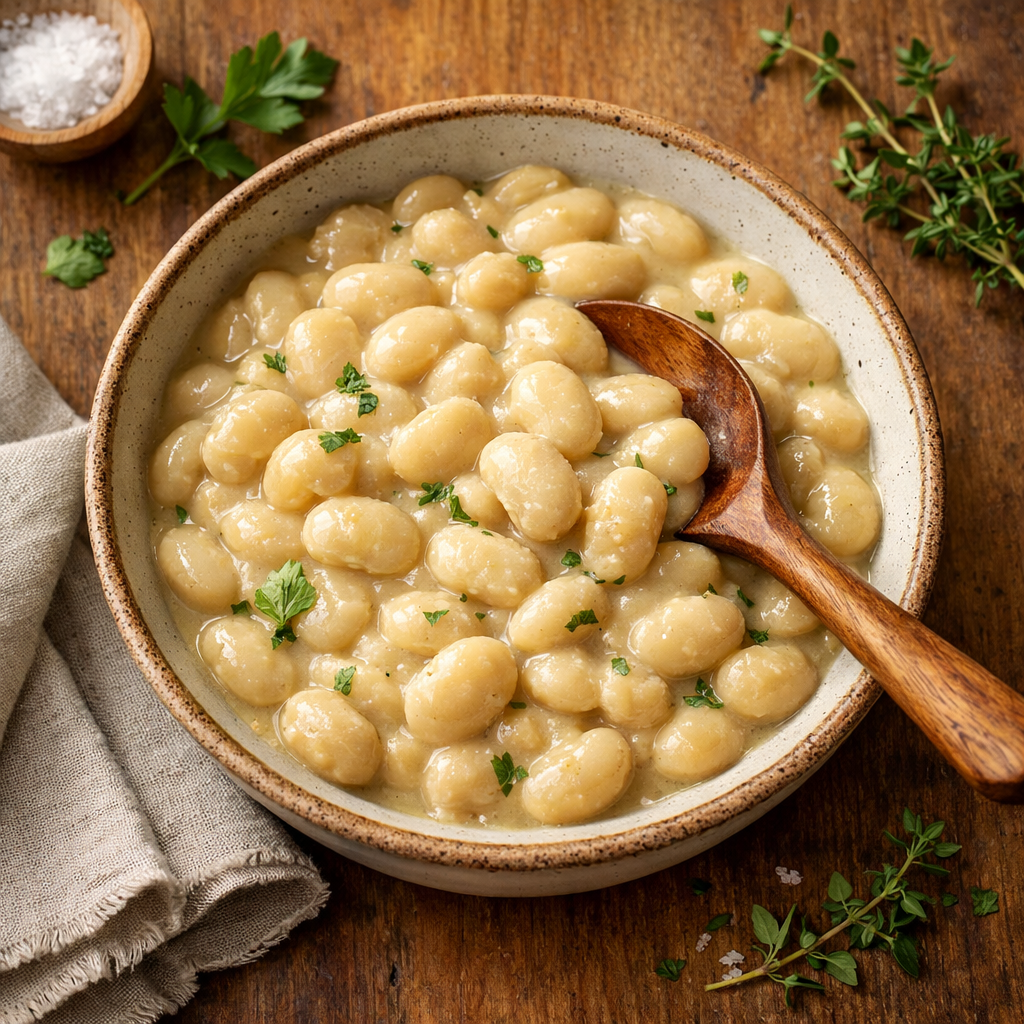Embarking on finding a 14-day no-sugar diet food list can be a transformative journey for both my health and energy levels. Cutting out added sugars from my diet is a powerful step toward better health, potentially leading to weight loss and a reduction in the risk of certain chronic diseases. Over the course of two weeks, I’ll focus on consuming whole foods, understanding which ingredients to avoid, and learning how to spot hidden sugars on ingredient lists.

Staying motivated throughout this period is key, as sugars are pervasive in many processed foods. Creating a meal plan filled with tasty recipes that align with my sugar-free goals helps in staying on track. I’ll identify a variety of foods that can satisfy my hunger without spiking my blood sugar, ensuring my menu is both nutritious and enjoyable. Planning is essential to navigate social situations and cravings, helping me maintain my commitment to a no-sugar lifestyle.
Adjusting to a no-sugar diet also means finding answers to common questions and concerns, including understanding the different types of sugars and how they affect my body. With the right information and preparation, taking on this challenge becomes less daunting and more about embracing a healthier way of living.
Key Takeaways
- Eliminating sugar can boost health and energy.
- Meal planning is crucial for a no-sugar diet.
- Staying informed aids in overcoming challenges.
Understanding Sugars and Their Effects

Before diving into a 14-day no-sugar diet food list, it’s crucial to understand different types of sugar, their health impacts, and why sugar cravings occur. This insight forms the foundation for making informed dietary choices.
Types of Sugar
I distinguish sugars by their source and structure. Natural sugars are found in fruits and whole foods, like fructose and glucose, providing essential energy. On the other hand, added sugars refer to those incorporated during processing and cooking, including table sugar and sweeteners in processed foods. Substitutes like artificial sweeteners offer sweetness without traditional calories, but their effects on health are complex and still being explored.
Health Risks Associated with Sugar
Consuming sugar in excess is a health hazard. High intake of added sugars has been linked with various ailments, including obesity, diabetes, and heart disease. The calories from sugar can contribute to weight gain, and a diet high in added sugars can increase the risk of developing diabetes. Additionally, studies highlight a potential connection between excessive sugar consumption and the development of substance use disorders.
The Science Behind Sugar Cravings
I recognize that sugar cravings are a real challenge when adjusting diets. These cravings stem from sugar’s activation of the brain’s reward system, similar to certain addictive substances. When I consume sugar, it can lead to a surge in insulin and impact my body’s energy balance, contributing to an ongoing cycle of craving carbohydrates for quick energy. Understanding these cravings is key to curbing them and making healthier choices in terms of diet and nutrition.
What to Eat on a No-Sugar Diet

In structuring a 14-day no-sugar diet food list, I focus on whole foods that are nutrient-dense and minimally processed to exclude added sugars. Here is how I create my meal plan with a variety of food groups.
Recommended Vegetables
I ensure my meals are packed with vegetables that are low in natural sugars and high in fiber. Some of the best options include:
- Spinach: A versatile leafy green, rich in iron.
- Kale: Nutrient-packed and excellent for salads or smoothies.
- Broccoli and Cauliflower: Great for stir-fries or as steamed sides.
- Zucchini and Tomatoes: Perfect for adding bulk and flavor to dishes.
- Carrots and Sweet Potatoes: Provide beta-carotene and can satiate with their natural sweetness.
These vegetables form the foundation of my no-sugar diet, as they are wholesome and support a balanced meal plan.
Choosing Proteins Wisely
Proteins are essential, and I choose them carefully to avoid hidden sugars in processed foods. I include:
- Chicken and Turkey: Lean meats that are versatile for many recipes.
- Salmon and Fish: Filled with omega-3 fatty acids and serve as hearty meal options.
- Eggs: Offer a complete protein source and are easily incorporated into any meal.
- Beef and Shrimp: Used occasionally for their protein content and flavor.
I consider beans a protein staple, providing fiber and carbohydrates without the added sugars that might contribute to carbohydrate maldigestion and intolerance.
Fruit Selection and Sugar Content
Fruits contain natural sugars, but I select them based on their sugar content and nutritional benefits:
- Berries: Strawberries, raspberries, and blackberries are lower in sugar and high in antioxidants.
- Apples and Pears: Enjoyable in moderation, offering fiber and satiety.
- Avocado: Technically a fruit, rich in healthy fats and very low in sugar.
I use fruit strategically in my diet, ensuring I don’t overconsume natural sugars while still benefiting from their nutrients.
Incorporating Whole Grains
Carbohydrates are not eliminated on my 14-day no-sugar diet food list, but I choose whole grains for their lower sugar content and nutritional profile:
- Brown Rice: A staple that pairs well with vegetables and proteins.
- Quinoa: A high-protein grain that’s versatile for salads or as a side dish.
Selecting whole grains like these ensures I get the necessary fiber and nutrients without unnecessary sugars.
Recipes and Meal Ideas for a 14-Day Challenge
Embarking on a 14-day no-sugar challenge requires a clear plan for meals that are both nutritious and delicious. Below, I provide specific recipes and meal ideas that will help you stick to your goals and enjoy a variety of flavors without the need for added sugars.
Simple No-Sugar Breakfasts
Starting your day without a sugar rush is essential. I often opt for scrambled eggs with spinach, a classic that’s high in protein and low in carbs. Another favorite is oatmeal with a spoonful of nut butter and chopped almonds; this combo keeps me full and energized. If you’re in a hurry, Greek yogurt with a sprinkle of seeds is a quick, hassle-free option.
Lunches Free from Sugars
For lunch, I like to prepare grilled chicken or turkey salads with a variety of greens, legumes, and a simple olive oil and vinegar dressing. Lentils make a hearty and filling choice, rich in fiber and protein, keeping my blood sugar stable throughout the afternoon.
Dinners to Sustain Your No-Sugar Journey
In the evening, baked salmon with a side of steamed vegetables seasoned with herbs offers a satisfying no-sugar diet meal. Sometimes, I’ll switch it up with a coconut milk-based curry using chicken and a medley of colorful veggies for a burst of flavor that adheres to my dietary guidelines. It’s important to make meals appealing to maintain this eating pattern.
Healthy No-Sugar Snack Options
Between meals, I reach for snacks like a handful of nuts or seeds, which are not only crunchy and satisfying but also beneficial for my no-sugar journey. If I’m craving something sweeter, freshly sliced coconut or turkey jerky are both excellent options that comply with the dietary restrictions and provide a burst of energy.
Throughout the 14-day challenge, Evaluating the Effect of Substitutions for Foods High in Added Sugar, like those in popular diet patterns across the United States, is a critical aspect of ensuring the successful adaptation to a lifestyle that limits sugars, saturated fat, and refined grains.
Overcoming Challenges and Staying Motivated

Embarking on a 14-day no-sugar diet is a significant commitment that challenges your eating habits. In my journey, focusing on the health benefits and preparing for common obstacles has been key to staying motivated.
Managing Social Situations
In social events, I find being upfront about my sugar-free diet helps. I often bring my own dishes to share, ensuring there’s something I can eat. For example, I might prepare a vegetable platter or use date sugar as a sweetener in a dessert. This allows me to partake without compromising my dietary goals.
Dealing with Cravings
When sugar cravings strike, I reach for a healthy alternative like a piece of fruit or a handful of nuts. It’s important for me to acknowledge the craving but provide my body with a more nutritious option. Regular meals also help keep these cravings at bay, as my body isn’t in a state of hunger-induced desperation for quick energy.
Long-Term Maintenance of No-Sugar Habits
To maintain no-sugar habits long-term, I create a motivation plan that includes a list of reasons why I’m cutting out sugar, like reducing the risk of diabetes or improving my overall energy levels. I keep track of my progress and celebrate small victories, strengthening my motivation. Keeping a journal has been a useful tool for reflection and maintaining my commitment to a healthier lifestyle.
Frequently Asked Questions

In my exploration of a no-sugar diet, I’ve found that while it can be quite straightforward, many people still have specific questions. Below are some of the most common inquiries.
Which foods are allowed on a no-sugar diet?
On a no-sugar diet, I focus on whole, unprocessed foods that don’t have added sugars. This includes a variety of vegetables, lean proteins, whole grains, nuts, seeds, and some dairy products.
What is a sample meal plan for a two-week sugar-free diet?
A sample meal plan could include eggs with spinach for breakfast, a quinoa and chickpea salad for lunch, and grilled fish with roasted vegetables for dinner. Snacks might consist of Greek yogurt or raw nuts. Planning is key, and there are great examples like a 14-day menu specifically designed for a no-sugar diet.
Are fruits like bananas permissible in a sugar-free diet plan?
Yes, fruits like bananas are allowed as they contain natural sugars, as opposed to harmful added sugars. However, they should be consumed in moderation to regulate natural sugar intake.
What are the potential health benefits of abstaining from sugar for two weeks?
Abstaining from sugar can lead to various health benefits, such as improved blood sugar levels, reduction in inflammation, better dental health, and may even contribute to weight loss.
How much weight loss might be expected from a 14-day sugar elimination diet?
Weight loss can vary based on individual factors, but by cutting out sugar and likely decreasing calorie intake, one might expect to lose some weight. The amount will depend on overall diet, levels of physical activity, and personal metabolic rate.
Can you suggest a no-sugar diet plan suitable for vegetarians?
Certainly! A vegetarian no-sugar diet could include a variety of plant-based proteins such as lentils, chickpeas, and tofu. Vegetables, whole grains, and vegetarian options without added sugars are excellent choices to create balanced and nourishing meals.

*We may earn a commission for purchases made using our links. Please see our disclosure to learn more.



